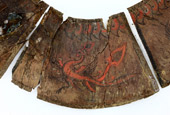Some 781 Korean artifacts that all belong to the Smithsonian Institution have been unveiled online.
The Freer and Sackler Galleries of the Smithsonian Institution posted the photographs of 40,691 pieces of Asian art and artifacts at its homepage (http://open.asia.si.edu) on January 5. A total of 781 Korean artifacts are included on the list.
There are three Buddhist paintings from Goryeo times (918-1392), celadon from Goryeo, including Prunus vases and water bottles, white porcelain from the Joseon era (1392-1910), grayish-blue-powdered celadon, folding screens, bronze mirrors and ink-and-wash paintings, among other items. The list has 550 Korean artifacts that were already unveiled in the past, as well as 231 fragments of ceramic and earthenware kept in museum storage. The three Goryeo Buddhist paintings were produced between the late 13th century and the mid-14th century. Goryeo Buddhist paintings are very rare and the three pieces are considered masterpieces.
The artifacts belong to the Freer and Sackler Galleries and are donations made by Charles Lang Freer (1854-1919), a Detroit-born entrepreneur who made train cars, and Arthur Mitchell Sackler (1913-1987), a psychiatrist and philanthropist. Most of the Korean artifacts were purchased from Yamanaka & Co. during the Japanese colonization of Korea (1910-1945). Freer, in particular, had a craze for Joseon tea sets used in Japan and collected a lot of them.
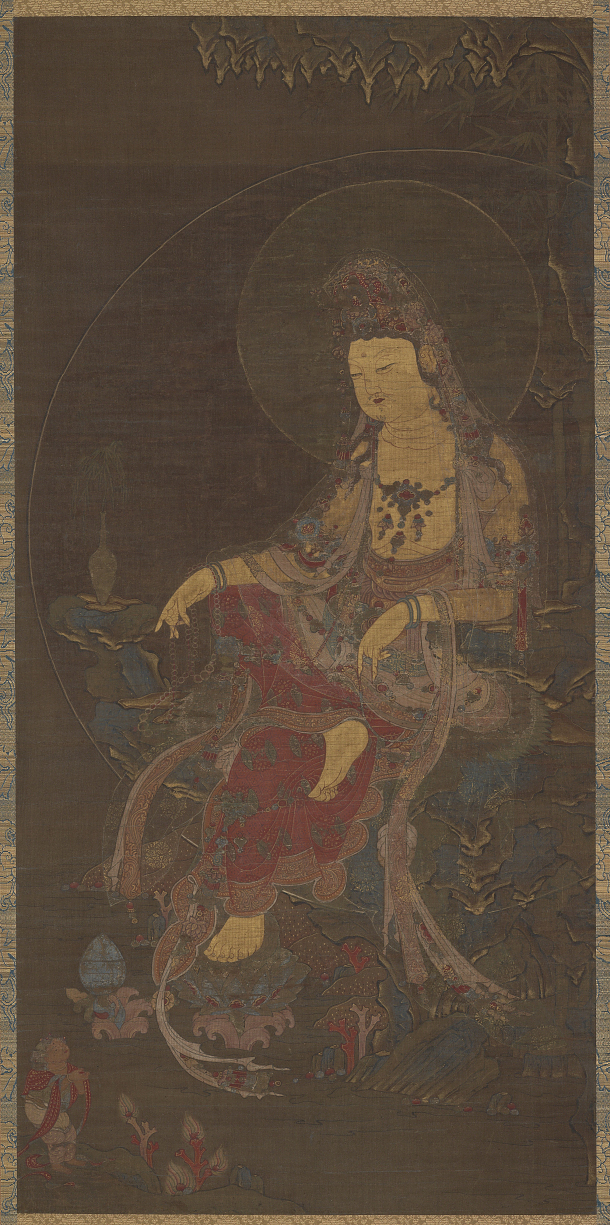
The Freer and Sackler Galleries have been taking photographs of their collections since 1998 and have uploaded all the photos. In addition to the Korean artifacts, the collections from East Asia, Central Asia and the Middle East include 13,831 pieces of Chinese art, 12,115 Japanese items and 3,053 Thai artifacts.
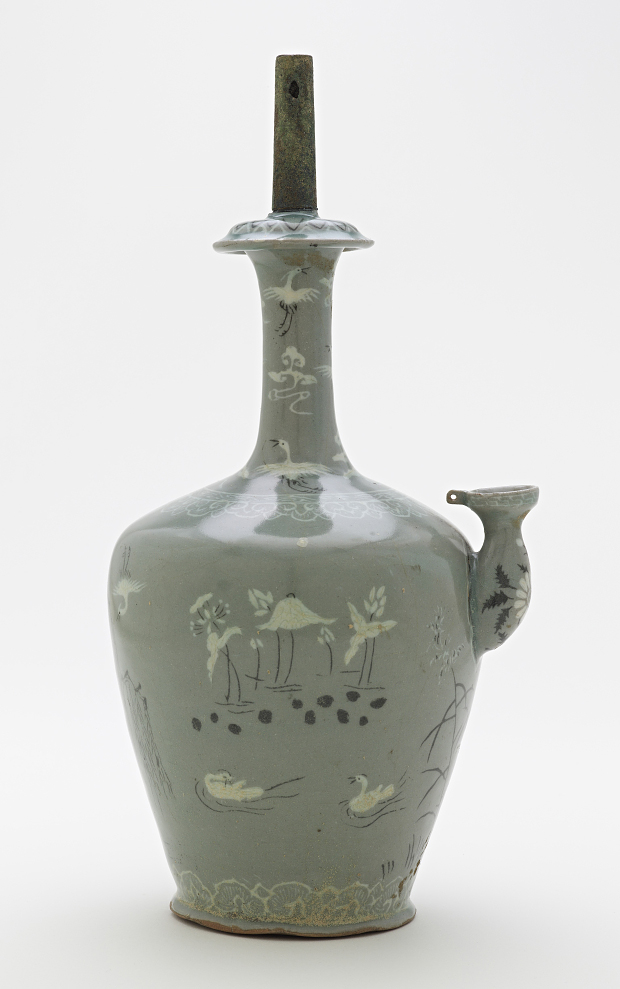
Julian Raby, director of the Freer and Sackler Galleries, called the effort to unveil the photos the democratization of art. The Smithsonian Institution plans to unveil 360-degree images of its collection and 3-D videos, too.
By Limb Jae-un
Korea.net Staff Writer
Photos courtesy of the Smithsonian Institution
jun2@korea.kr
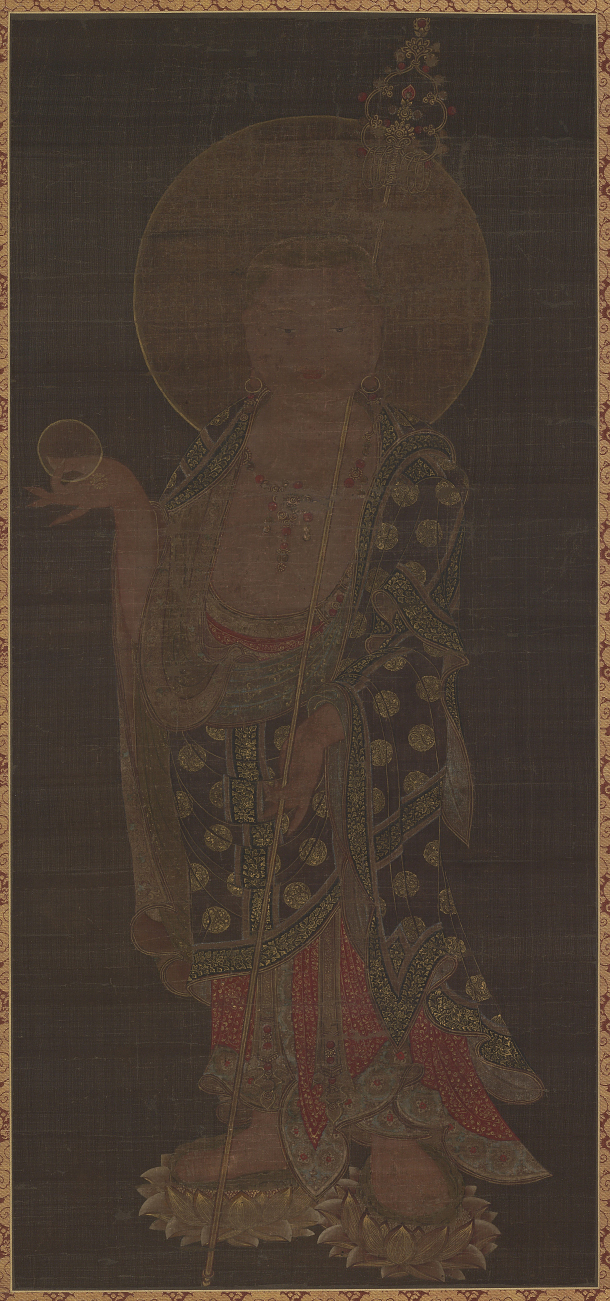
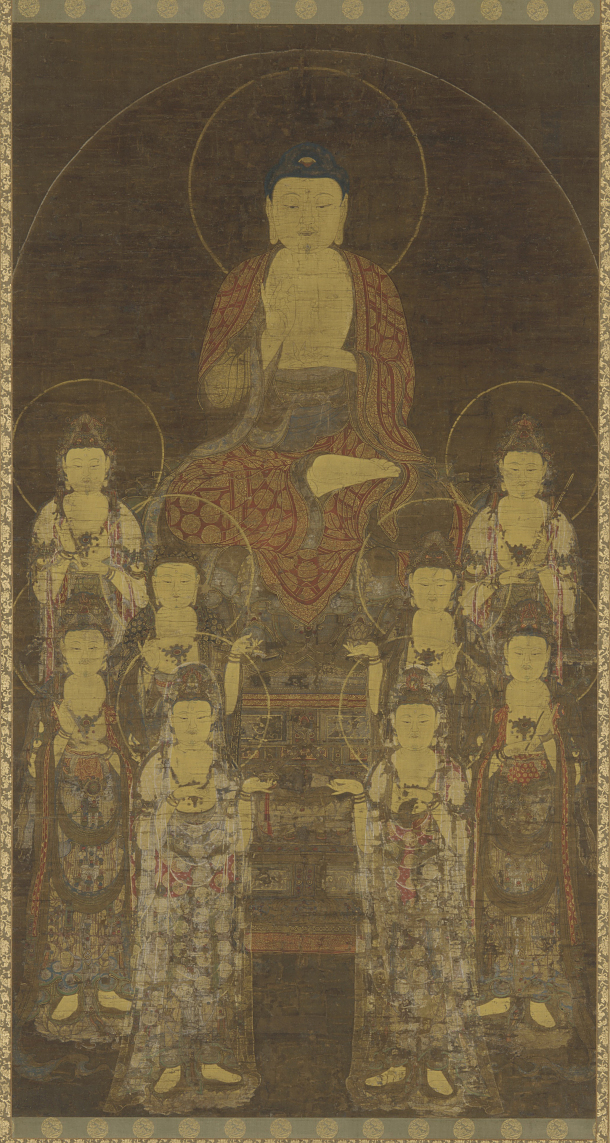
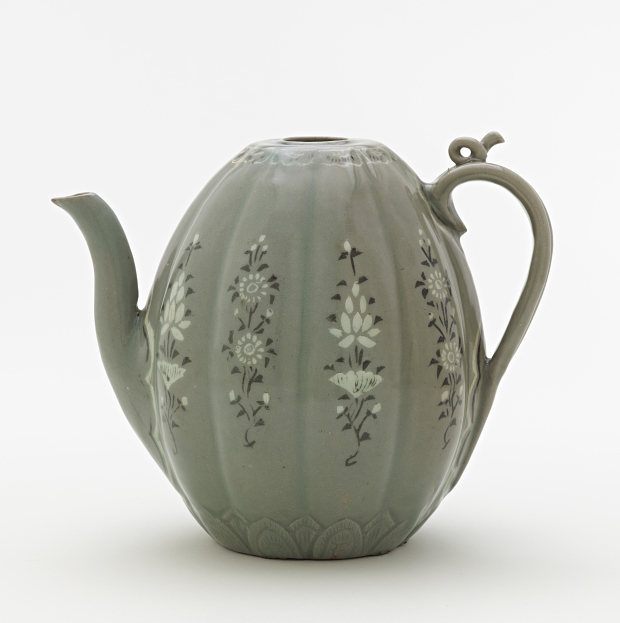

The Freer and Sackler Galleries of the Smithsonian Institution posted the photographs of 40,691 pieces of Asian art and artifacts at its homepage (http://open.asia.si.edu) on January 5. A total of 781 Korean artifacts are included on the list.
There are three Buddhist paintings from Goryeo times (918-1392), celadon from Goryeo, including Prunus vases and water bottles, white porcelain from the Joseon era (1392-1910), grayish-blue-powdered celadon, folding screens, bronze mirrors and ink-and-wash paintings, among other items. The list has 550 Korean artifacts that were already unveiled in the past, as well as 231 fragments of ceramic and earthenware kept in museum storage. The three Goryeo Buddhist paintings were produced between the late 13th century and the mid-14th century. Goryeo Buddhist paintings are very rare and the three pieces are considered masterpieces.
The artifacts belong to the Freer and Sackler Galleries and are donations made by Charles Lang Freer (1854-1919), a Detroit-born entrepreneur who made train cars, and Arthur Mitchell Sackler (1913-1987), a psychiatrist and philanthropist. Most of the Korean artifacts were purchased from Yamanaka & Co. during the Japanese colonization of Korea (1910-1945). Freer, in particular, had a craze for Joseon tea sets used in Japan and collected a lot of them.

The Water-Moon Avalokitesvara (Suwol Gwaneum bosal), mid-14th century.
The Freer and Sackler Galleries have been taking photographs of their collections since 1998 and have uploaded all the photos. In addition to the Korean artifacts, the collections from East Asia, Central Asia and the Middle East include 13,831 pieces of Chinese art, 12,115 Japanese items and 3,053 Thai artifacts.

Water bottle (kundika or jeongbyeong), late 12th century to 13th century.
Julian Raby, director of the Freer and Sackler Galleries, called the effort to unveil the photos the democratization of art. The Smithsonian Institution plans to unveil 360-degree images of its collection and 3-D videos, too.
By Limb Jae-un
Korea.net Staff Writer
Photos courtesy of the Smithsonian Institution
jun2@korea.kr

The Bodhisattva Kshitigarbha (Jijang bosal), late 13th to early 14th century.

The Buddha Amitabha (Amita) and the Eight Great Bodhisattvas, late 14th century.

A ewer with an inlaid design of peonies and chrysanthemums, late 12th to early 13th century.
Related Contents
Most popular
- Korea.net welcomes 2025 K-influencers, Honorary Reporters
- 2025 Honorary Reporter class pledges to spread 'real Korea' worldwide
- Slew of festivals, events scheduled in downtown Seoul in May
- US urged to exempt tariffs on Korea in first '2+2' trade talks
- Korean culture festival in Cuba marks 1st year of bilateral ties

